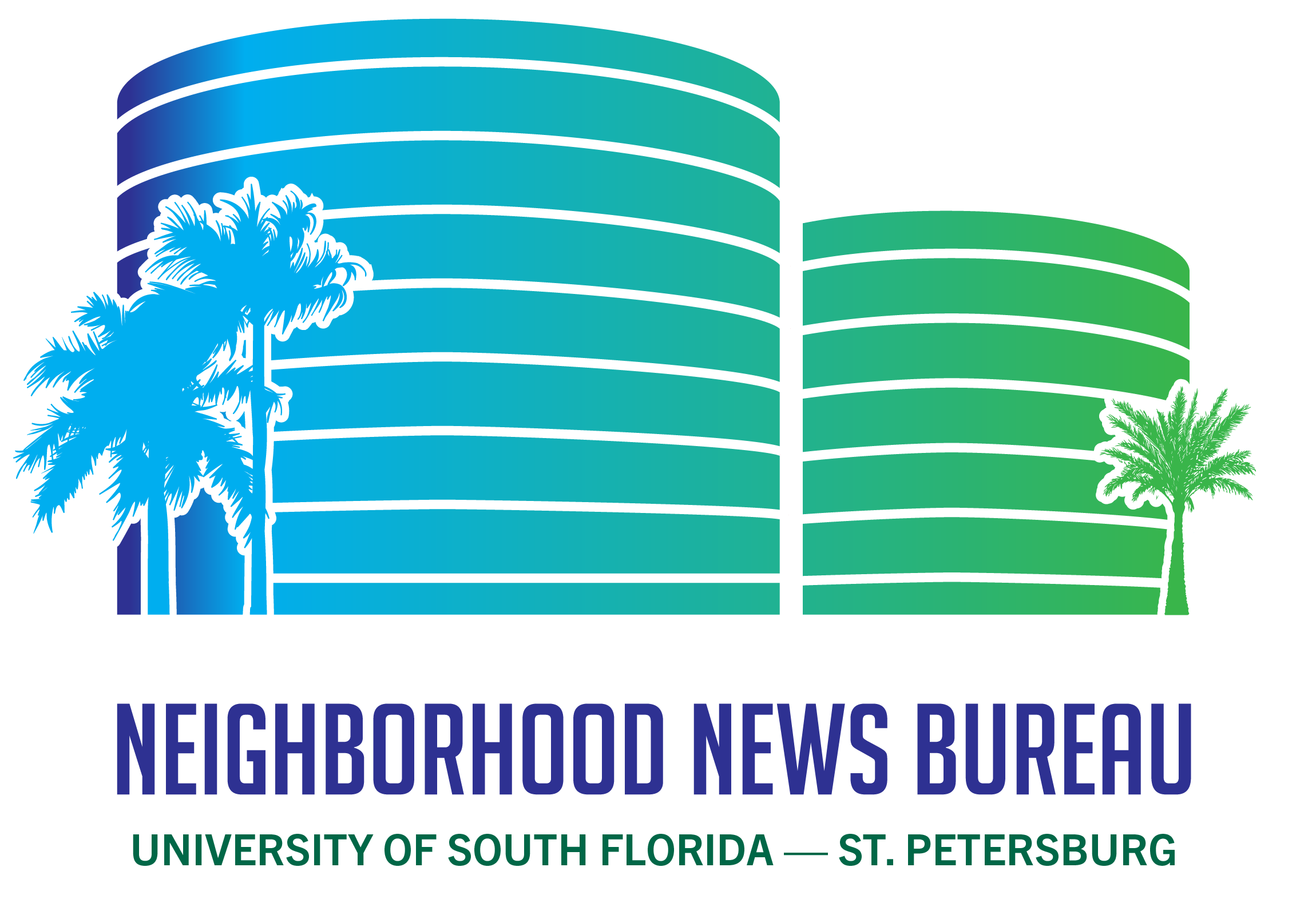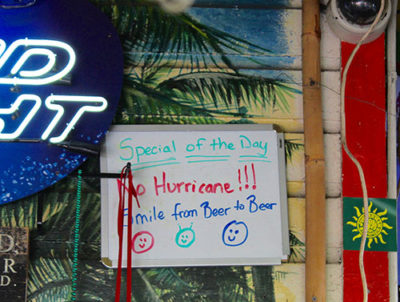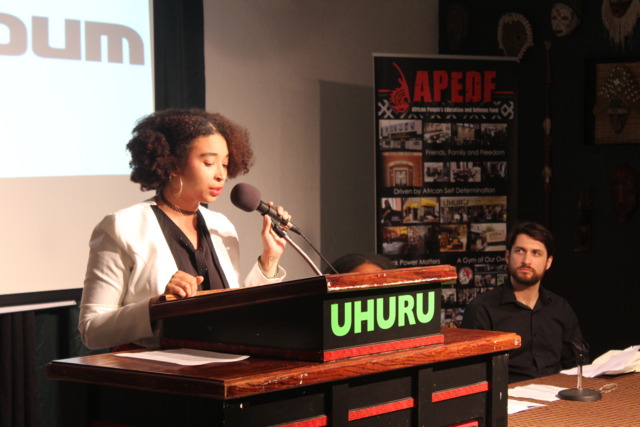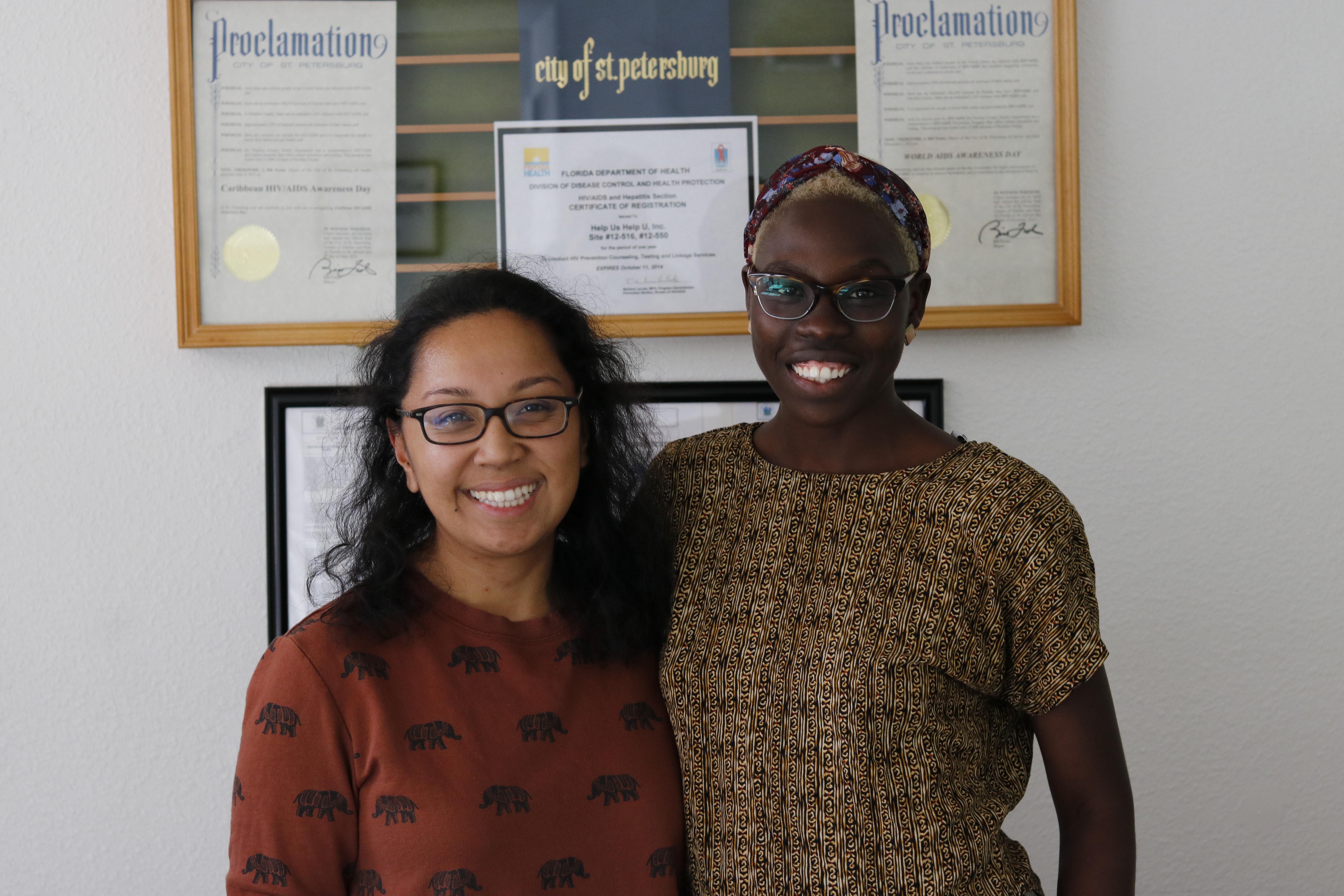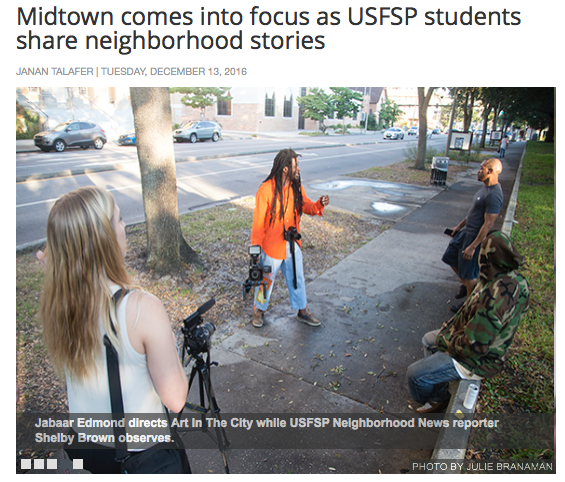Tag: St. Petersburg
MLK Day Of Services Summary
BY: Haley Jordan, Corey Mapp and Kelli Carmack, Neighborhood News Bureau Martin Luther King Day brought the community of St. Petersburg together with a Day
Read MoreThrough her eyes: The MLK Candlelight Vigil Summary
By Kay-Kay Smith, Neighborhood News Bureau Kenadi Smith is a second grader who attends the annual Candlelight Vigil honoring Dr. Martin Luther King Jr. at
Read MoreLead results in Midtown homes raise health concerns
By Andrea Perez andrea67@mail.usf.edu The Environmental Protection Agency says that lead levels below the action level don’t require public action, but 45 homes in the
Read MoreWho’s Got the Power?: Duke Energy Struggles to Turn On St. Pete
By Eillin Delapaz Atlantic hurricanes have been the strongest and most destructive on record according to Weather Underground. Irma, the season’s second hurricane not only
Read MoreCooking with Chef Collins: BBQ Cooking Class
By: Alyssa Fedorovich At the St. Pete Culinary Center, Chef Patrick “PT” Collins was the guest chef at their BBQ cooking class. Chef Collins is an
Read MoreCampaign revolutionaries: Two radical candidates hope to shake up St. Pete politics
By Indhira Suero Acosta Eritha “Akile” Cainion, running for City Council 6, and Jesse Nevel, for Mayor, addressed the Tropicana Field’s future and housing issues
Read MoreAcademy Prep Sixth Grade Students on Water Conservation & Lead
Academy Prep St. Petersburg (APSP) sixth grade students tested the water in Midtown St. Petersburg to check for the presence of lead in the water.
Read MoreHaving the ‘Talk’: Help Us Help U provides sex education to young adults in poor communities
Listen to the audio file here: http:// By Devin Rodriguez Pinellas County is ranked number one in Acute Hepatitis C in Florida. It’s ranked number
Read MoreNNB in the media: Midtown comes into focus as USFSP students share neighborhood stories
NNB was featured on 83 Degrees Media in a story by Janan Talafer and photos by Julie Branaman. Please read the full story here.
Read More